Problem/Goal:
I've been thinking to make a new synthesizer for my music production. And I knew I needed something that would be able to repeat itself over and over again in a loop. The loop shouldn't be very long, 8 notes is good for me. I also knew that I wanted a square-wave sound on the instrument. The Synthesizer has to be able to change tempo of the loop and change the frequency of the notes. The frequency range has to be quite wide, hopefully from 60Hz to 20KHz. You should also be able to turn off the notes you don't want. It would also be nice if I can add some LED's to indicate what note is currently playing in the loop, so the LED would turn on at the same time as the note is playing.
Solution:
My solution to the problem is that I will be using 2 555-timers and 1 Decade Counter. One of the 555-timers will be used in a-stable-mode to send signals to the Decade Counter. It will tell the Decade Counter when to change note. This is where I will use a potentiometre to change the tempo of the loop. The Decade Counter will then send a signal from one of it's outputs to the second 555-timer. The second 555-timer will then produce the square-wave. But before the signal has reached the oscillator it is passed through a switch and a potentiometre. The potentiometre determines the frequency of the square-wave and the switch controls whether the note is played or not. Because there are 10 putputs and I only need 8 notes I'll have to connect the output pin 9 on the Decade Counter to the reset pin on the Decade Counter. This way, every time pin 9 is high the loop will go back to note 1 (output pin 1).
 Mathias Sundgren
Mathias Sundgren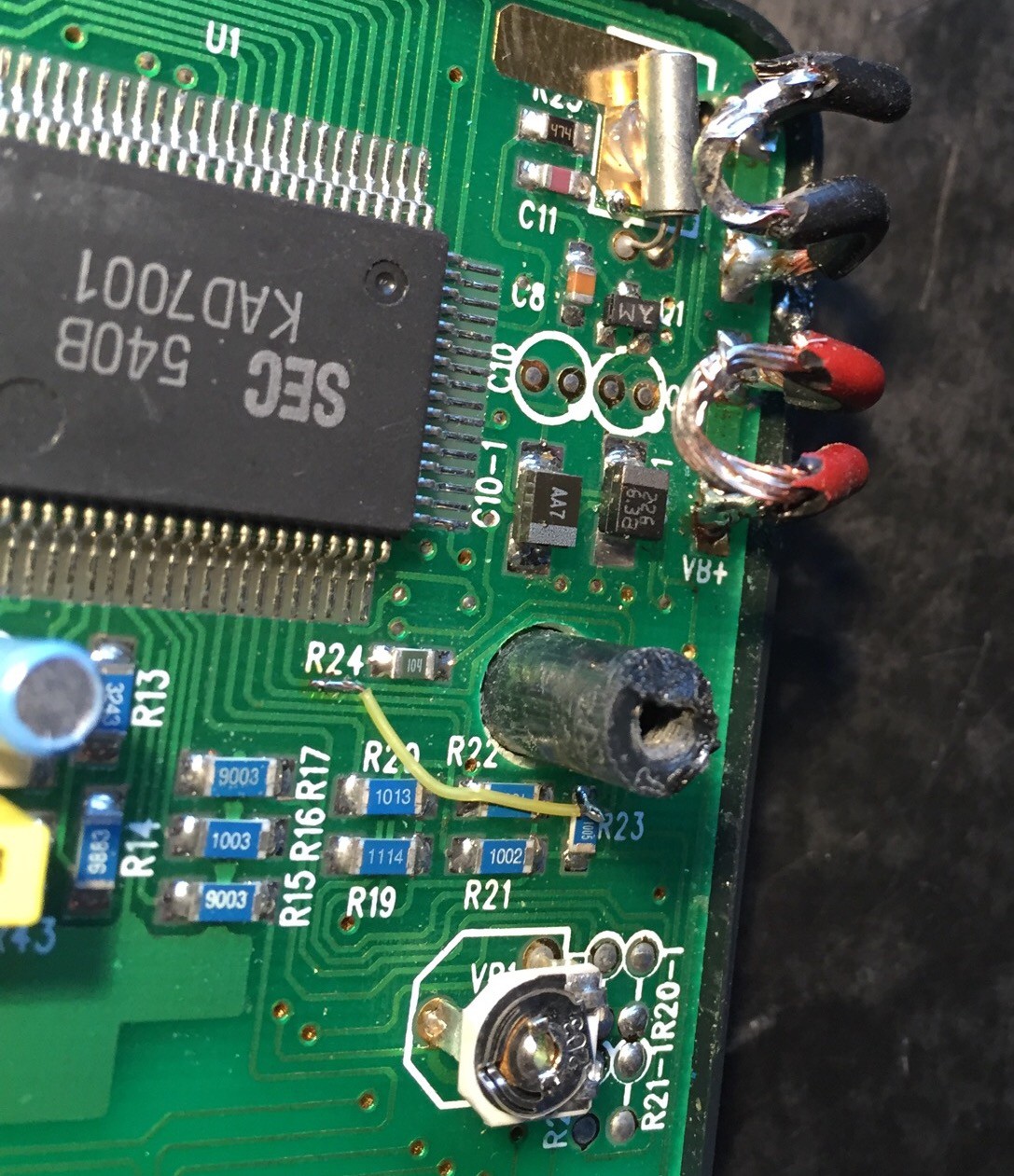
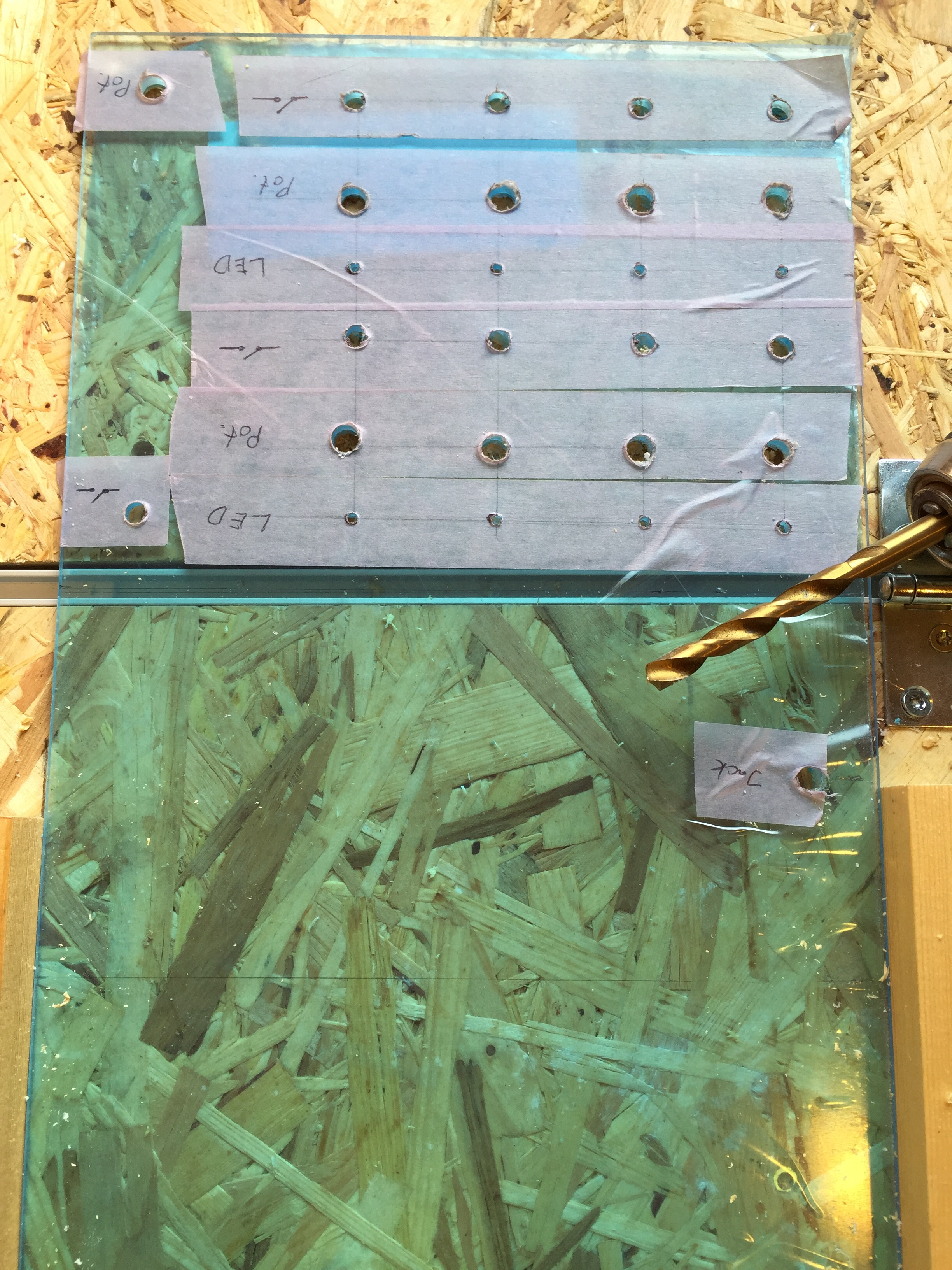
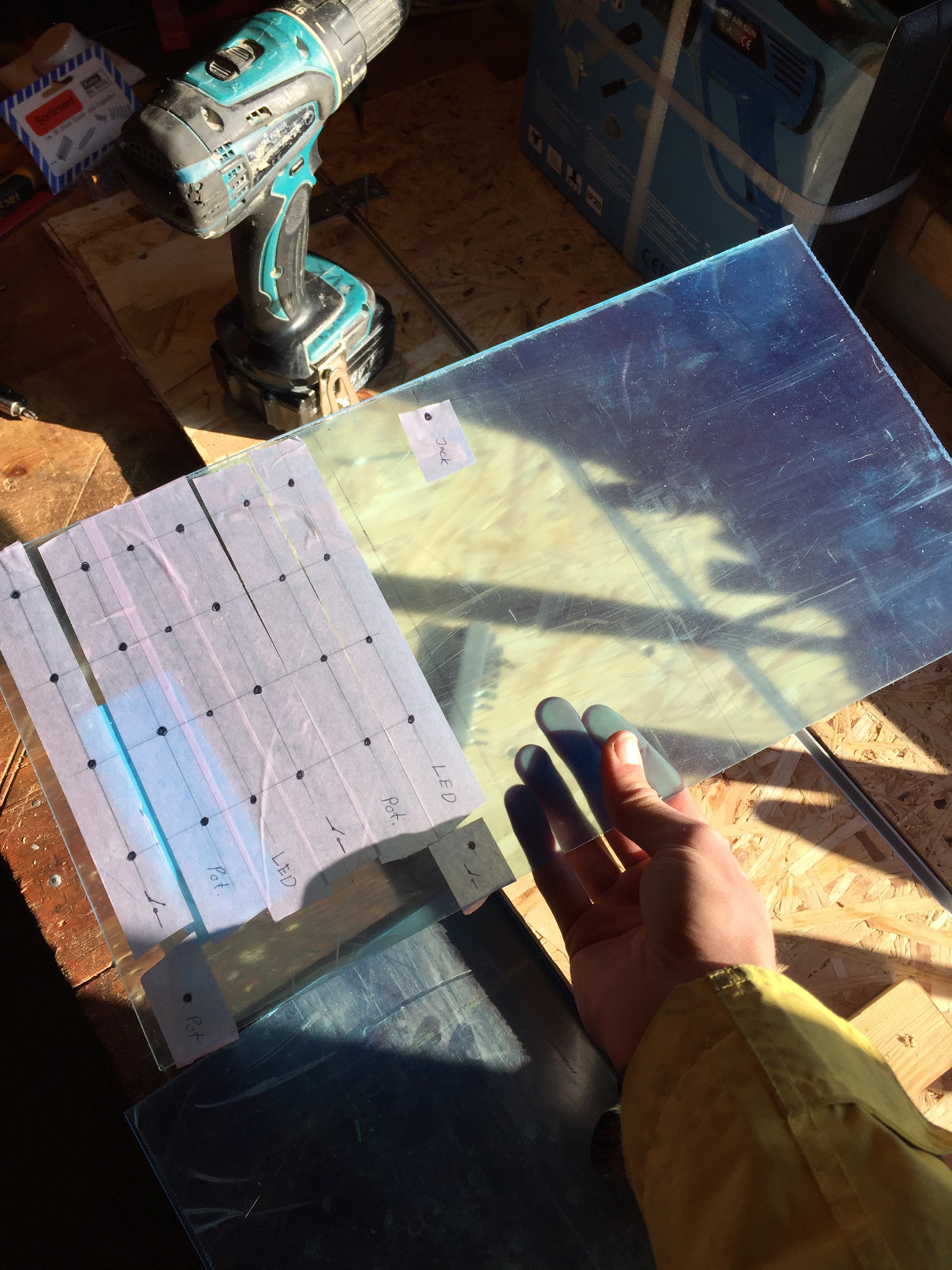
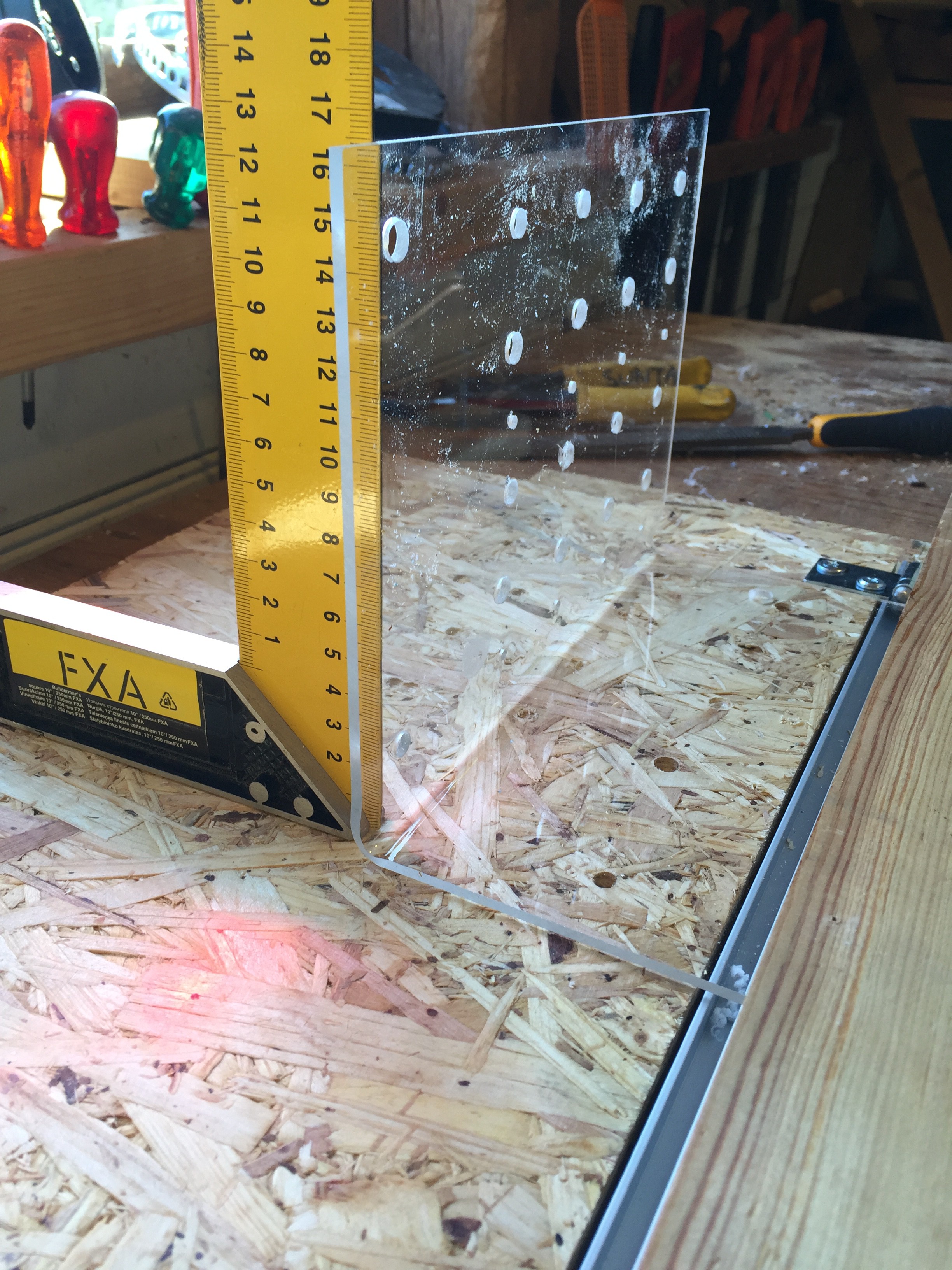
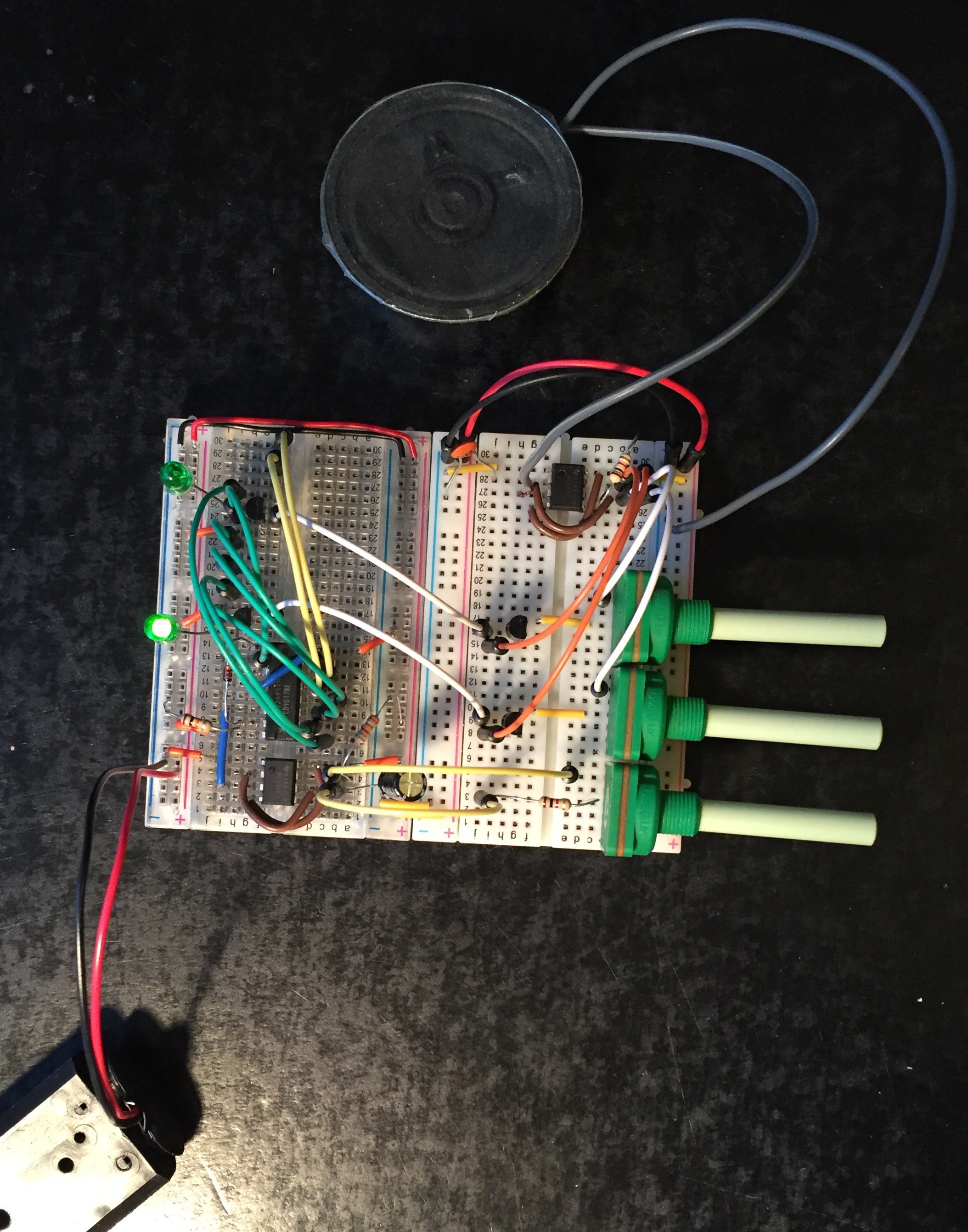
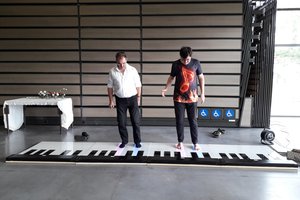
 Frederic
Frederic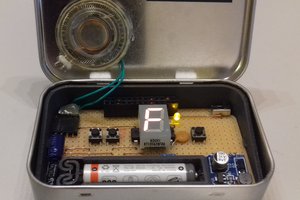
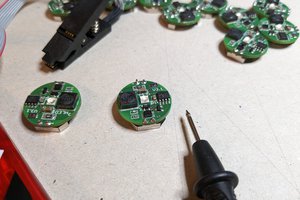
 schlion
schlion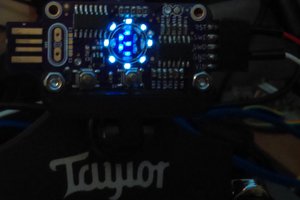
 rrace001
rrace001